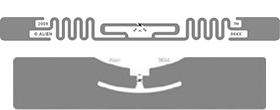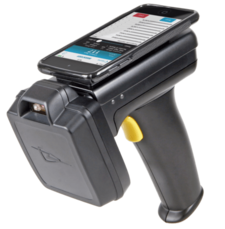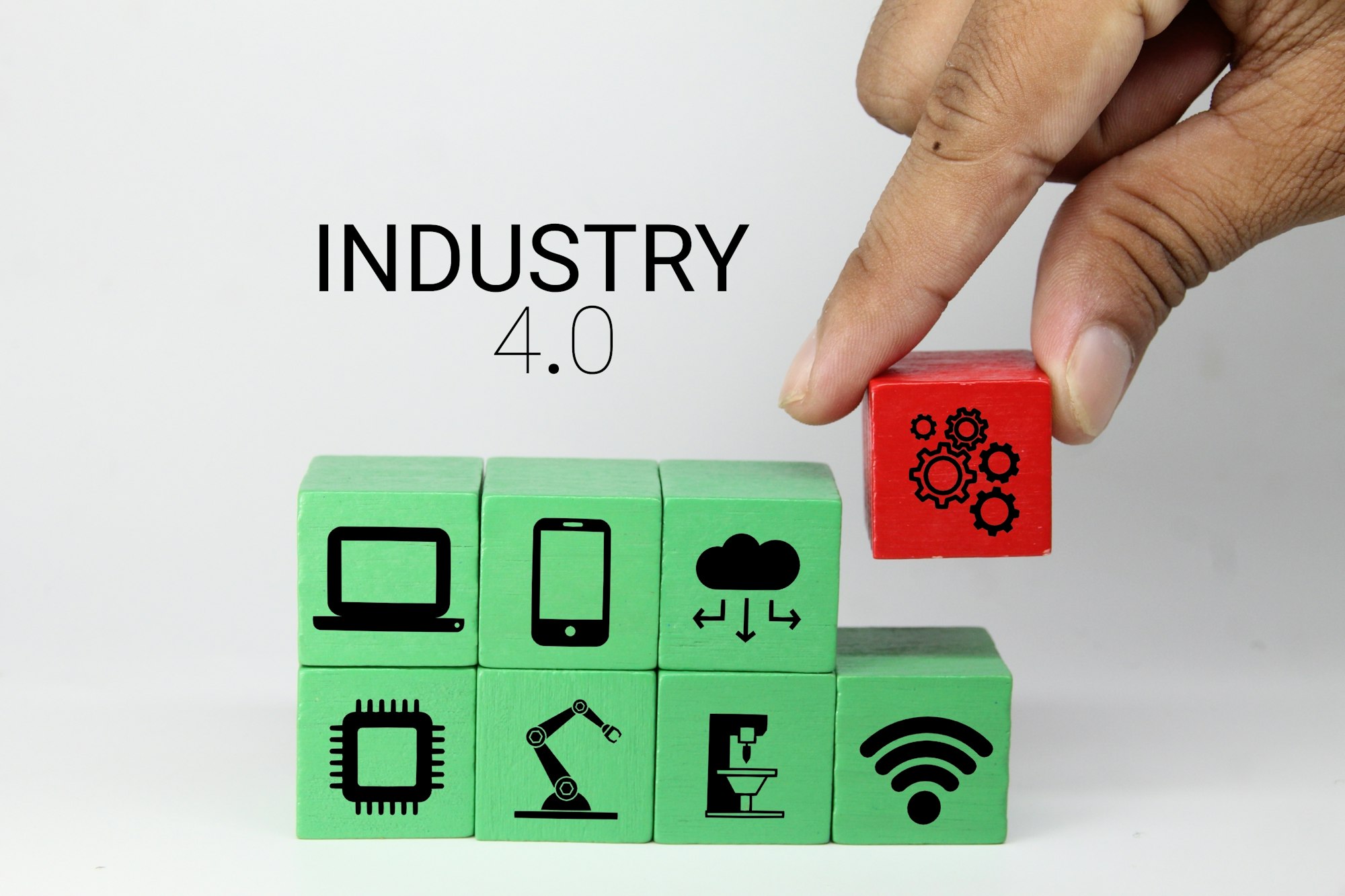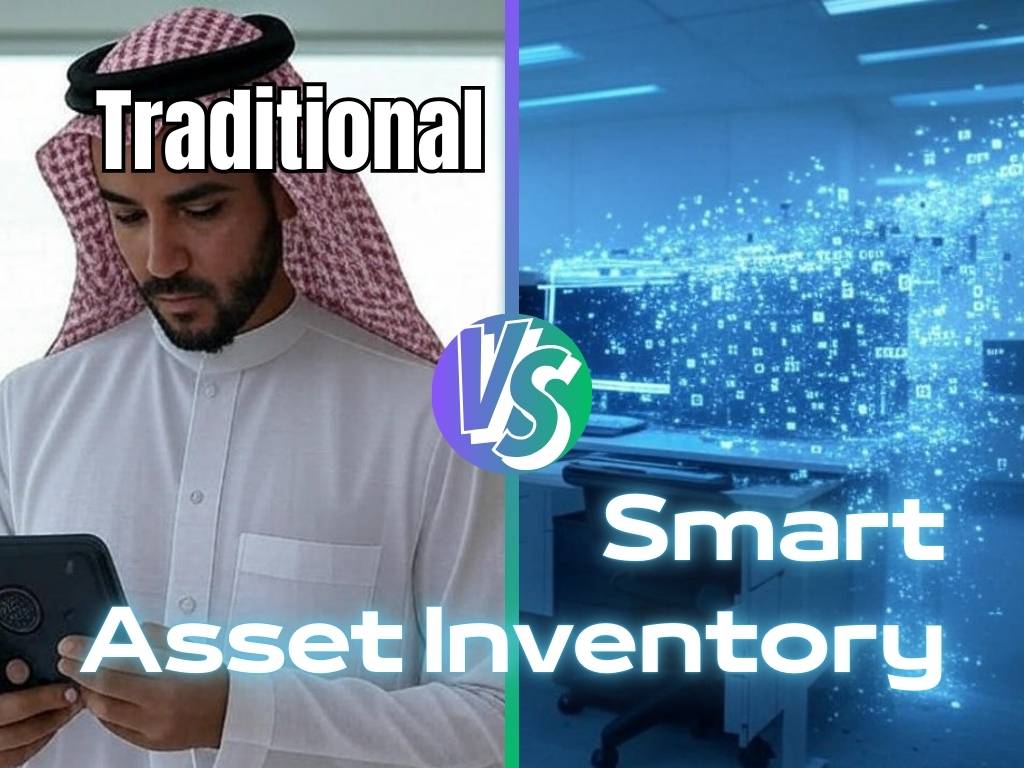The Evolution of Wireless Communication
The recent fast growing appeal on communication-based systems forced engineers, researchers and industries to design and provide the market with high-tech cost-effective solutions. Today, we are living in an era where wireless communication plays a major role in offering individuals, corporations and industries means to meet their growing needs for exchanging information. Transmitting data remotely but securely, instantly and reliably has a significant impact on both economy, security and safety.
Due to its constantly decreasing cost, the use of modern technology gave consumers easy and cheap accessibility to the domain of communication. Hence, people are becoming more connected together and humans are provided with systems to interact with smart devices.
Recently, a new wireless communication trend has emerged. Scientists and big investors call it the Internet of Things (IOT). IOT is a concept in which smart objects and intelligent machines can all sense, connect and interact together without the intervention of people. The interactions of these machines help human beings solve many of today’s management issues. Andreessen Horowitz, a leading company in technology investments, has recently published a study citing the significance of this new evolving field. Moreover, their study revealed the high expectations for the Internet of Things in the near and far future.
Why Internet of Things?

In the near future, IOT will be the core of all connected devices. Big investors expect that this new technology will soon be fully integrated within businesses, societies and individuals to provide key solutions. As an example, IOT can be of great help to societies if integrated within healthcare systems. It provides both patients and medical teams in hospitals and clinics with smart solutions for monitoring health states. Moreover, this new trend helps to propose new methodologies for enhancing security and improving energy saving. Furthermore, IOT is expected to have a significant impact on businesses by offering new ways to control and track inventories, shipments and assets. As an example, Internet of Things may be implemented within a supermarket to help manage it more efficiently. For instance, this integration will allow clients and staff to know the exact position of each item, thus reducing time and energy wasted while seeking the object. In addition, it will allow floor managers to keep track of the number and type of merchandise stocked on a shelf and it will immediately inform them of any item that ran out. Moreover, this solution helps the staff monitor in real time and more efficiently the storage conditions of all products in the supermarket, thus ensuring the durability and quality of products they are selling.
What is RFID?
Radio Frequency Identification is a new and emerging technology that helps humans identify other humans or machines remotely. This technology can be embedded within smart devices so they can identify and communicate with each other autonomously. This fact releases humans from the burden of the daily lengthy and intensive tasks. What makes RFID even more attractive for clients is its ability to offer wireless identification techniques. Hence, machines can remotely identify other machines and humans without the need for any physical contact, thus making any task easier, faster and even more flexible.

In addition, this new electronic and wireless identification technique is an embedded hardware software approach that does not require much space for implementing it. RFID comprises a small chip including a tiny antenna and a small-scale integrated circuit. These chips that we will call tags can seamlessly be attached to merchandise, animals or humans without affecting them. What makes the use of an RFID tag even more appealing is its capacity to receive power from a remotely located emitter and hence, there is no need for constantly providing it with power; all is done wirelessly. Furthermore, the size of a tag is application-dependent but is usually less than few centimeters which makes it compliant with any targeted object. In order to recognize and treat data, a handheld or stationary scanning device is used. These high-speed computing devices are capable of receiving and treating data issued by hundreds of tags per second. Therefore, long-lasting tasks can now be simply replaced with simple and prompt steps.
Difference Between RFID & NFC
RFID or Radio Frequency Identification is the process by which items are uniquely identified using radio waves.
NFC or Near-Field Communication is a specialized subset within the family of RFID technology. The latter is designed to be a secure form of data exchange. In addition, an NFC device is capable of acting as both a reader and a tag. Unlike RFID devices, NFC is a form of peer-to-peer communication. That is why NFC is a popular choice for contactless payment methods included in newer smartphones.
RFID Tags
RFID tags is a small chip including a tiny antenna and a small-scale integrated circuit. These chips that we will call tags can seamlessly be attached to merchandise, animals or humans without affecting them. What makes the use of an RFID tag even more appealing is its capacity to receive power from a remotely located emitter and hence, there is no need for constantly providing it with power; all is done wirelessly. Furthermore, the size of a tag is application-dependent but is usually less than few centimeters which makes it compliant with any targeted object.
There are many types of RFID tags:
Active RFID tags and Passive RFID tags are fundamentally different technologies that are often evaluated together. While both use radio frequency energy to communicate between a tag and a reader, the method of powering the tags is different. Active RFID tags uses an internal power source (battery) within the tag to continuously power the tag and its RF communication circuitry, whereas Passive RFID tags relies on RF energy transferred from the reader to the tag to power the tag.

RFID Tags come in many shapes and sizes each suited to a specific application. RFID tags also can be read-only (stored data can be read but not changed), read/write (stored data can be altered or rewritten), or a combination, in which some data is permanently stored while other memory is left accessible for later encoding and updates.
RFID Readers
An RFID Reader is basically a radio frequency (RF) transmitter and receiver, controlled by a microprocessor or digital signal processor (DSP). The RFID reader, using an attached antenna, captures data from RFID tags, and then passes the data to a computer for processing. As with tags, readers come in a wide range of sizes and offer different features.

1. RFID Handheld Reader: In order to recognize and treat data, a handheld or stationary scanning device is used. These high-speed computing devices are capable of receiving and treating data issued by hundreds of tags per second. Therefore, long lasting tasks can now be simply replaced with simple and easy steps.
2. RFID Fixed Reader: These fixed RFID readers use an antenna to send and receive signals to and from RFID Tags. As their name entails, they can be either fixed or mounted on the antenna.
3. Snap On and Standalone peripherals are used for handheld computer terminals.
RFID Middleware
The middleware refers broadly to software or devices that connect RFID readers and the data they collect, to enterprise information systems. RFID middleware helps making sense of RFID tag reads, applies filtering, formatting and logic to tag data captured by a reader, and provides this processed data to back-end applications.

RFID middleware serves in managing the flow of data between tag readers and enterprise applications, and is responsible for the quality, and therefore usability of the information. It provides readers connectivity, context-based filtering and routing, and enterprise / B2B integration.
How does an RFID system work?
For RFID systems to work the following components are essential:
- Tag (Passive or active)
- Reader (Handheld, Fixed or Integrated)
- Software (also known as middleware)
Information is sent and read from RFID tags by a reader using radio waves.

In passive systems, which are the most common, RFID reader transmits an energy field that “wakes up” the tag and provides the power for the tag torespond to the reader. In active systems, a battery in the tag is used to boost the effective operating range of the tag and to support additional features over passive tags, such as temperature sensing. Data collected from tags is then passed through communication interfaces (cable or wireless) to host computer systems in the same manner that data scanned from bar code labels is captured and passed to computer systems for interpretation, storage, and action.




